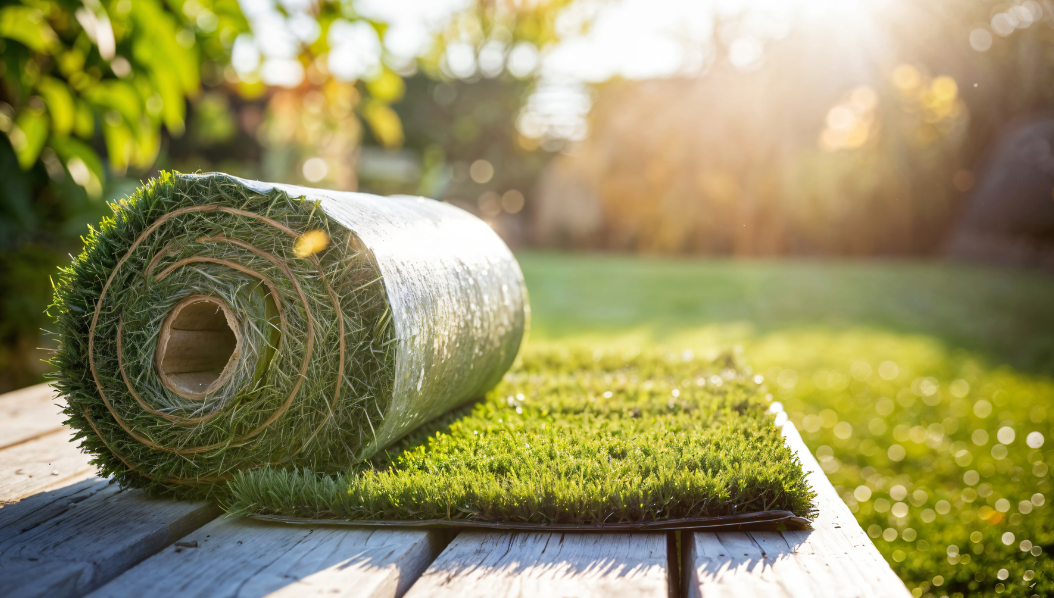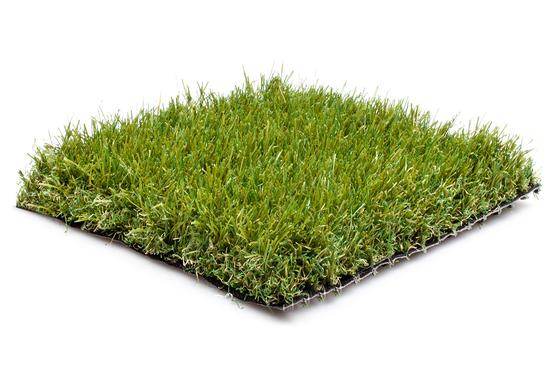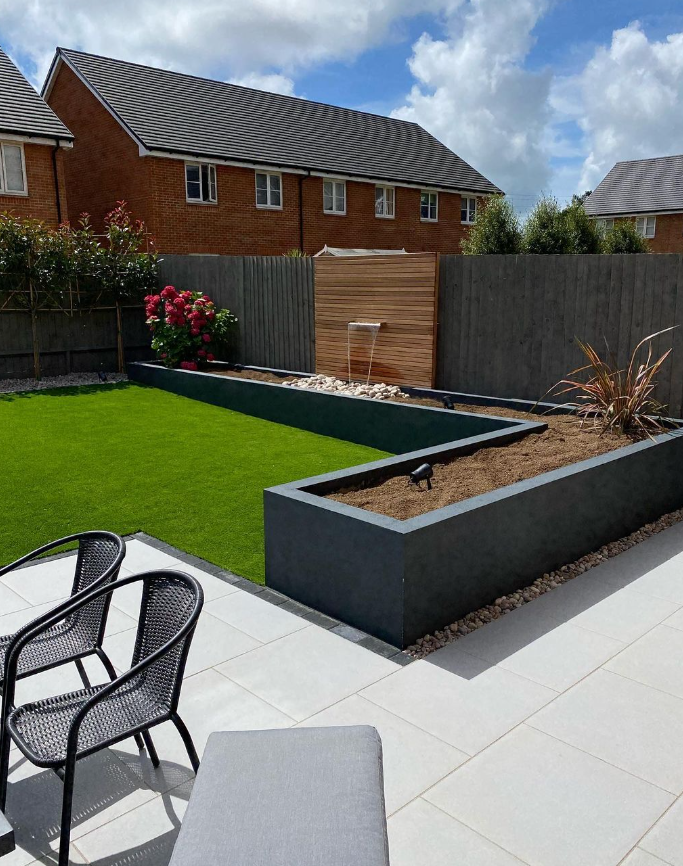
How to Work Out How Much Artificial Grass You Need
Measuring your garden before ordering artificial grass might feel a little overwhelming at first, yet the truth is that a few clear steps can save you money, reduce stress, and help your project run smoothly. Many homeowners worry about running short or ending up with rolls they do not need. The good news is that with a tape measure, some simple maths, and a little planning, you can work out exactly what to order.
For first-time DIYers, the process is often easier than expected. You do not need specialist skills, only a careful eye and a logical approach. In fact, the more time you spend planning now, the quicker the installation itself becomes.
Measure Your Lawn Area Accurately

The first step is to take accurate measurements of the area you want to cover. A standard tape measure usually works fine, though a laser measure can make things quicker, especially for larger spaces.
If your garden is a neat square or rectangle, you can simply measure the length and the width. For more irregular gardens, break the space into smaller squares or rectangles, then measure each one separately. Write down every measurement as you go. Doing this carefully makes the later calculations much easier, and it reduces the chance of errors.
One useful tip is to sketch your garden on paper and mark down the dimensions. Even a rough drawing helps you visualise where rolls of grass will go and how much material is required. If you have features such as patios, decking, or flowerbeds, note their position so you can plan around them later.
Decide on the Shape and Layout of Your Grass
Now that you have measurements, think about how the grass will sit. Most gardens have features such as curves, paths, patios, or flowerbeds. Planning the layout helps you work out where seams will fall and how to reduce waste.
Artificial grass has a pile that tends to run in one direction. By planning the roll direction before ordering, you can make sure it looks natural and neat across the whole lawn. Ideally, the pile should face the house or main viewpoint, as this gives the most natural appearance.
If you are working with awkward shapes, such as a kidney-shaped lawn or areas with stepping-stone paths, sketching out the rolls to scale can help you spot where cuts will be needed. Sometimes rotating a roll by 90 degrees can make a big difference to how much waste you end up with.
Calculate Total Square Metres Required
With the numbers recorded, you can now calculate the total area. Use the formula:
Area = Length × Width (in metres)
For example, if you have a section that is 4m long and 3m wide, the area is 12m². If your garden has more than one section, repeat this calculation for each and then add them together.
To illustrate, imagine a garden with two sections:
-
A rectangle of 4m × 3m = 12m²
-
A second section of 2.5m × 5m = 12.5m²
Together, this comes to 24.5m², which you would round up when ordering.
This gives you the total square metres of grass needed for the project, before factoring in waste or seams. At this stage, many people use an online artificial grass calculator. These tools take your numbers and provide an instant estimate, which can be reassuring if you are unsure about your own maths.
Factor in Extra Material for Cutting and Waste

Very few gardens are perfect rectangles, so you will almost always need to allow extra for cutting and shaping around edges. Adding between 5% and 10% on top of your total is usually enough to cover waste and mistakes.
Here is a simple guide to help you decide how much to add:
|
Garden Size |
Extra Grass to Add |
|
Small garden (under 20m²) |
Add 5% |
|
Medium garden (20–50m²) |
Add 7% |
|
Large garden (50m²+) |
Add 10% |
For curved gardens or areas with tricky features, lean towards the higher percentage. It is far better to have a little extra that can be trimmed than to fall short.
Think about corners, pathways, and flowerbed borders. These are areas where extra material is usually required. Having spare grass gives you the flexibility to make adjustments without stress. Offcuts are rarely wasted either. Many homeowners use leftover pieces for pet runs, sheds, balconies, or even as protective mats under outdoor furniture.
Choose Your Artificial Grass Roll Width
Artificial grass is usually available in standard roll widths, commonly 2m or 4m. Which you choose depends on the shape and size of your garden.
A wider roll might suit a broad lawn, cutting down on the number of seams. A narrower roll, on the other hand, can make sense for smaller or irregular gardens where manoeuvring larger rolls would be difficult. When planning, look at your measurements and decide which roll width will minimise joins.
For example, a 4m wide roll covering a 3.8m wide lawn avoids a seam entirely, whereas using 2m rolls would leave you with a visible join down the middle. On the other hand, if you have a long, narrow strip of 1.8m, a 2m roll will create less waste.
You can explore different artificial grass options that suit your space, as product specifications may differ slightly from one style to another.
Consider Seams and Joins
Larger gardens nearly always require more than one roll. The key is to plan where seams will sit so they are less noticeable. Many people choose to position any joins along fence lines, paths, or other natural edges.
When laying more than one roll, the pile must run in the same direction on every piece. Even a slight difference in direction will stand out once installed. Always unroll the grass before cutting so you can check the alignment.
Do not forget that you will need seam tape and adhesive to complete the joins. Factoring this into your order now saves last-minute stress later. These accessories are not expensive, but without them, the installation cannot be finished properly.
Check Manufacturer Recommendations
Before placing an order, take a look at the supplier’s guidelines. Each type of grass may have specific recommendations about coverage, roll widths, and pile direction. Some products also come with advice about ideal installation methods.
Paying attention to pile direction is particularly important. Most suppliers suggest keeping the pile facing the main viewing point, usually the house or patio. This ensures the finished lawn looks natural and consistent.
Manufacturer notes might also include advice on whether a particular type of grass is best suited for pets, children, or high-footfall areas. Reading these details now avoids disappointment later, and it helps you pick the right grass for your lifestyle.
Double Check Before Ordering
Finally, check your calculations again. Go back through your notes and run the numbers one more time. If possible, ask someone else to double-check them for you.
It is usually safer to slightly over-order than risk running out halfway through. Any extra can be used for patching or smaller garden projects later. Some homeowners even keep a small roll back as a long-term spare in case of damage.
If you are still uncertain, you can contact us for professional advice before finalising your order. Speaking to a supplier directly gives you peace of mind and ensures you get exactly what you need.


